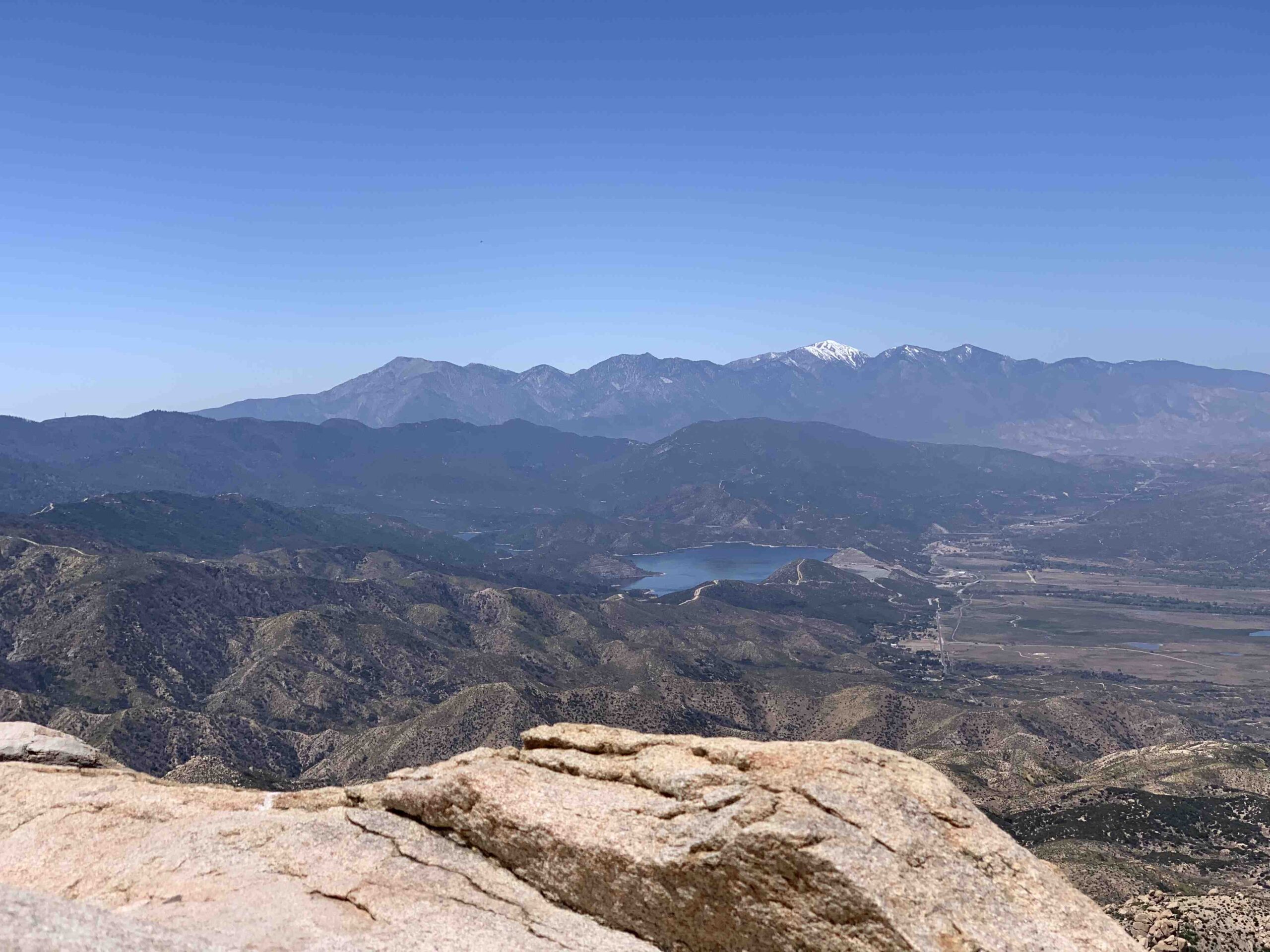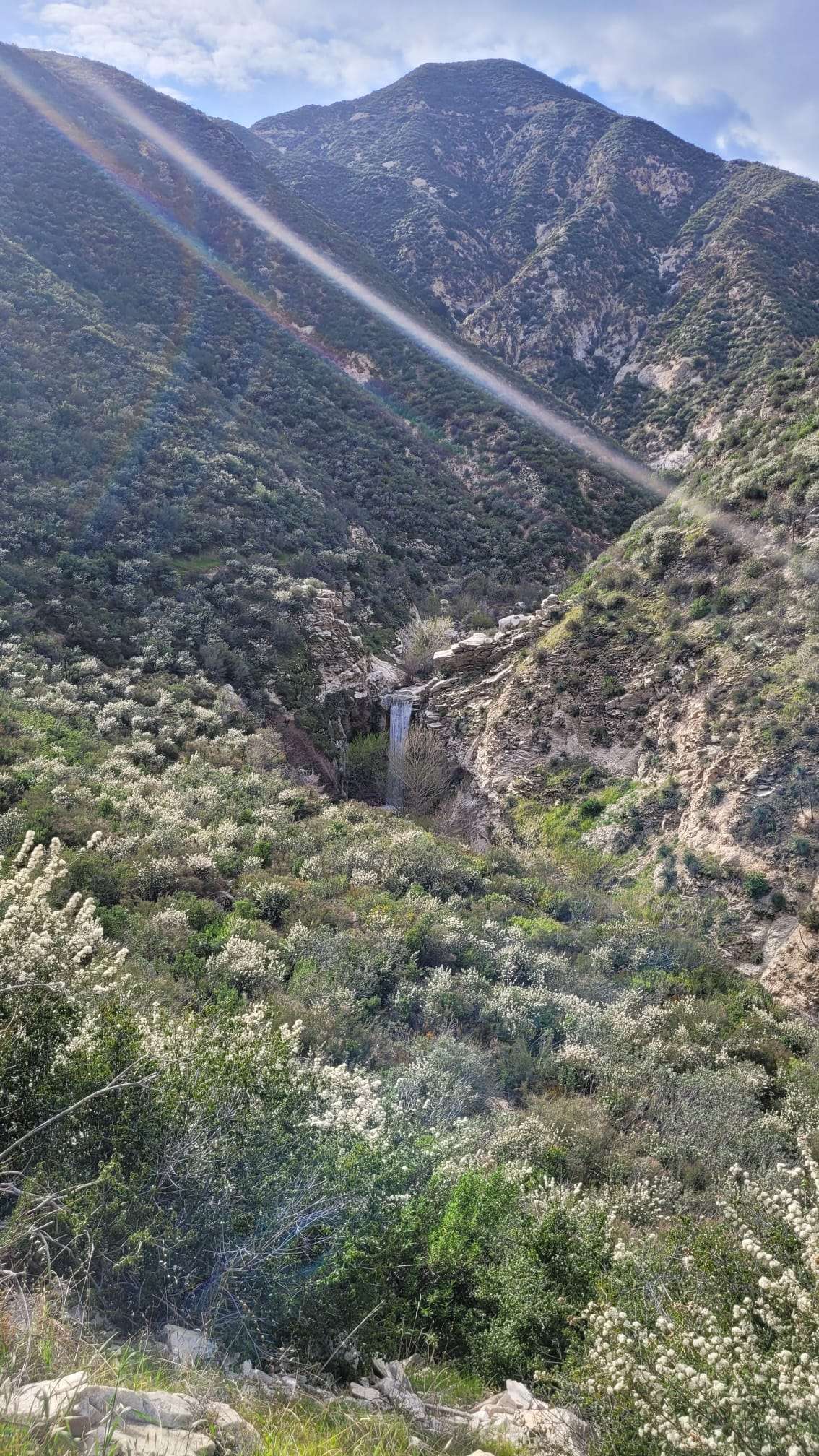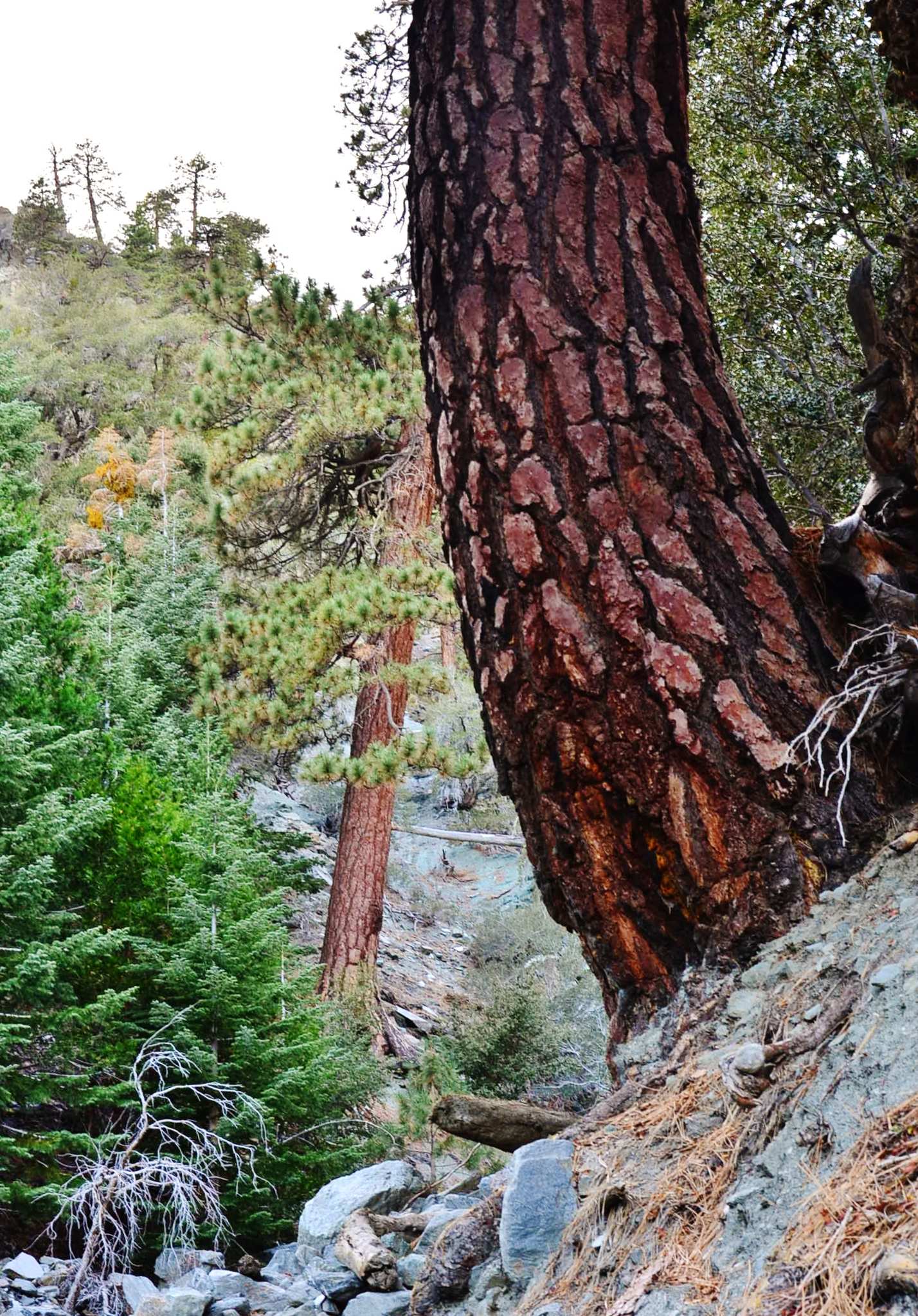The Angeles National Forest, spanning over 700,000 acres in Southern California, offers diverse outdoor activities but does not feature a dedicated ropes course. While visitors seeking aerial adventures may need to look elsewhere, the forest provides numerous hiking trails, scenic drives, and opportunities for nature exploration. This article explores alternative adventure options and highlights the forest’s unique features for outdoor enthusiasts.
What Activities Are Available in Angeles National Forest?

Angeles National Forest offers a wide range of outdoor activities for visitors of all ages and skill levels:
- Hiking trails
- Mountain biking
- Scenic drives
- Picnicking
- Wildlife viewing
- Camping
- Fishing (in designated areas)
- Rock climbing (for experienced climbers)
The forest’s diverse landscape provides opportunities for both casual nature walks and challenging backcountry adventures.
Where Can I Find Ropes Courses Near Angeles National Forest?

While Angeles National Forest doesn’t have a ropes course, there are several options in the surrounding area:
- Skull Canyon Zipline (Corona, CA)
- Action Zipline Tours (Big Bear Lake, CA)
- Treetop Adventure Park (Wrightwood, CA)
- Los Angeles Zipline Canopy Tours (Wrightwood, CA)
These facilities offer various aerial adventures, including ziplines, rope bridges, and obstacle courses.
What Are the Most Popular Hiking Trails in Angeles National Forest?
Angeles National Forest boasts numerous hiking trails suitable for different fitness levels:
- Monrovia Canyon Falls Trail (Easy, 1.7 miles round trip)
- Switzer Falls Trail (Moderate, 4.5 miles round trip)
- Mount Wilson Trail (Challenging, 14 miles round trip)
- Bridge to Nowhere Trail (Moderate, 10 miles round trip)
- Strawberry Peak Trail (Challenging, 7.5 miles round trip)
Each trail offers unique scenery, from waterfalls to panoramic mountain views.
How Can I Prepare for a Visit to Angeles National Forest?
To ensure a safe and enjoyable visit to Angeles National Forest, consider the following preparations:
- Check weather conditions before your trip
- Bring plenty of water and snacks
- Wear appropriate footwear and clothing
- Carry a map and compass (or GPS device)
- Inform someone of your planned route and expected return time
- Purchase an Adventure Pass for parking in designated areas
- Follow Leave No Trace principles to protect the environment
What Wildlife Might I Encounter in Angeles National Forest?
Angeles National Forest is home to diverse wildlife. Visitors may encounter:
- Black bears
- Mountain lions
- Mule deer
- Bighorn sheep
- Various bird species (including golden eagles and California condors)
- Reptiles (such as rattlesnakes and lizards)
Always maintain a safe distance from wildlife and never feed animals in the forest.
Are There Scenic Drives in Angeles National Forest?
Yes, Angeles National Forest offers several scenic drives for those who prefer to explore by car:
- Angeles Crest Highway (Highway 2)
- San Gabriel Canyon Road (Highway 39)
- Big Tujunga Canyon Road
- Mount Wilson Road
These routes provide stunning views of the San Gabriel Mountains and surrounding landscapes.
What Camping Options Are Available in Angeles National Forest?
Angeles National Forest offers various camping experiences:
- Developed campgrounds with amenities
- Primitive campgrounds for a more rustic experience
- Backcountry camping (with proper permits)
Popular campgrounds include:
- Chilao Campground
- Buckhorn Campground
- Crystal Lake Campground
- Mount Pacifico Campground
Reservations are recommended, especially during peak seasons.
How Can I Practice Responsible Recreation in Angeles National Forest?
To help preserve Angeles National Forest for future generations:
- Stay on designated trails
- Pack out all trash
- Respect wildlife and maintain a safe distance
- Follow fire safety guidelines and restrictions
- Use established campsites when possible
- Obtain necessary permits for activities like fishing or backcountry camping
- Be considerate of other visitors and minimize noise pollution
What Are the Best Seasons to Visit Angeles National Forest?
Each season in Angeles National Forest offers unique experiences:
| Season | Highlights | Considerations |
|---|---|---|
| Spring | Wildflower blooms, moderate temperatures | Some trails may be muddy |
| Summer | Long days, accessible high-elevation areas | Hot temperatures, crowded popular spots |
| Fall | Autumn colors, cooler temperatures | Early snowfall possible at higher elevations |
| Winter | Snow activities in some areas, fewer crowds | Road closures, cold temperatures |
Consider your preferred activities and comfort level when planning your visit.
While Angeles National Forest may not offer a dedicated ropes course, its vast expanse of natural beauty and diverse recreational opportunities make it a prime destination for outdoor enthusiasts. From hiking and camping to scenic drives and wildlife viewing, the forest provides a wealth of experiences for visitors to connect with nature and enjoy the stunning landscapes of Southern California.
References:
1. https://www.fs.usda.gov/angeles
2. https://www.tripadvisor.ca/Attraction_Review-g29105-d207972-Reviews-Angeles_National_Forest-Arcadia_California.html
3. https://www.alltrails.com/parks/us/california/angeles-national-forest
4. https://www.fs.usda.gov/activity/angeles/recreation/camping-cabins

